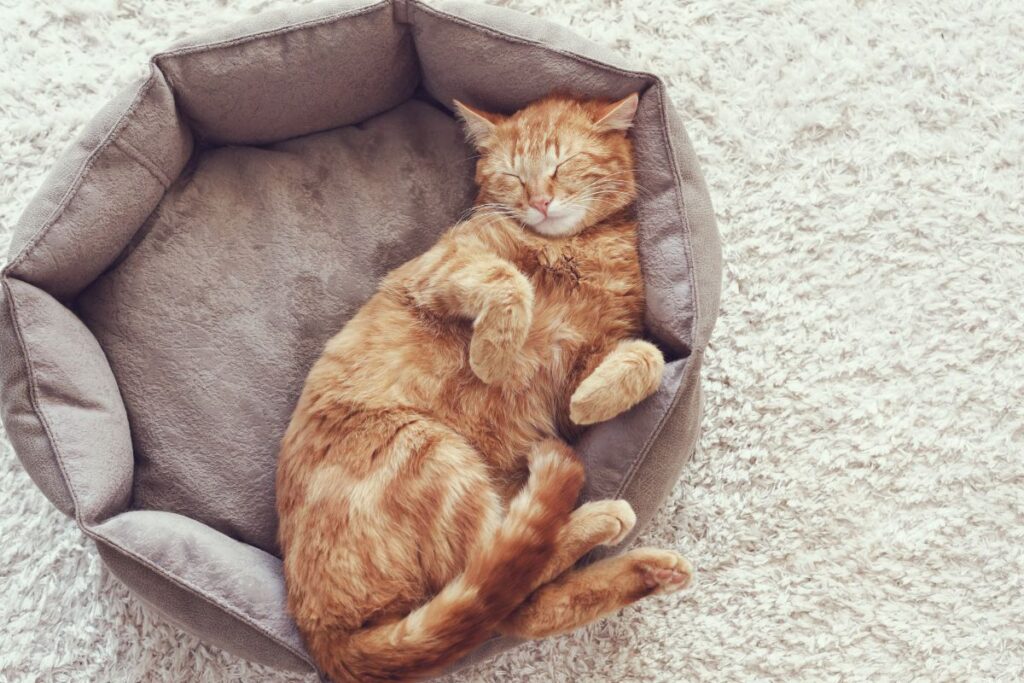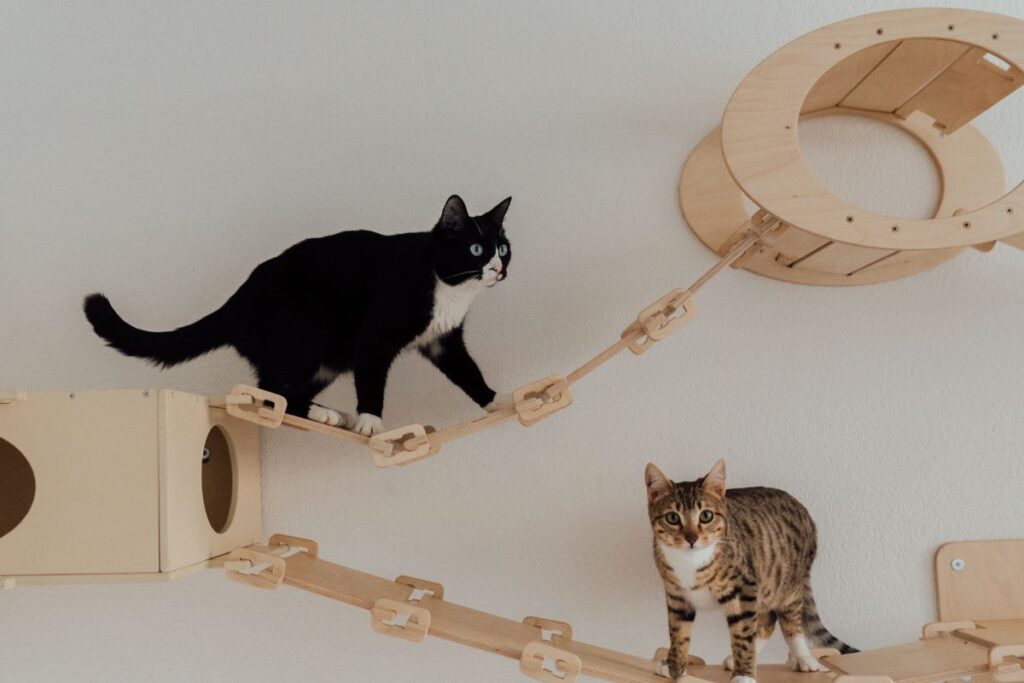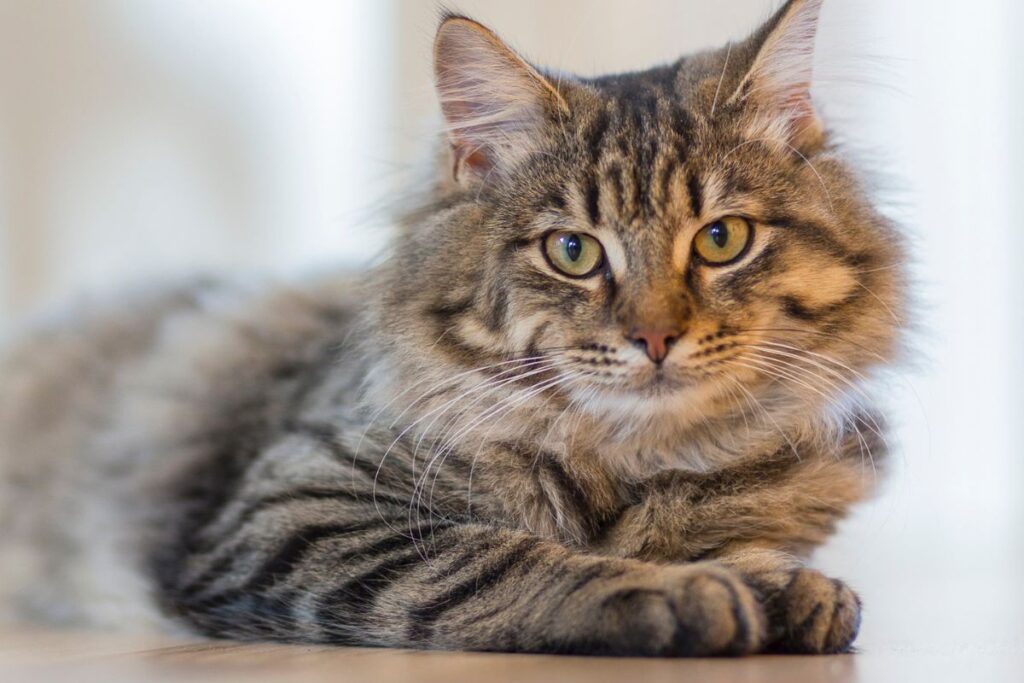
Ensuring your home meets your cat’s needs is essential for their mental and physical well-being. Many common design choices can unintentionally stress or discomfort your feline friend. Here’s a guide to common mistakes and simple solutions that can transform your living space into a haven for your cat.
Uncomfortable Furniture

Cats love soft, plush surfaces for napping. If your furniture is too firm or lacks cushioning, they might avoid it. Adding plush beds or blankets can make your furniture more appealing and comfortable for your cat.
Lack of Vertical Space

Cats are natural climbers and enjoy observing from high vantage points. Without vertical space like cat trees or wall shelves, they may feel restricted. Providing climbing options helps them feel more secure and engaged.
Bright Lights

Cats have sensitive eyes, and harsh lighting can cause discomfort. Bright artificial lights can disrupt their sleep-wake cycles and cause stress. Opt for dimmable, soft lighting to create a more soothing environment.
Loud Noises

Cats’ acute hearing makes them sensitive to loud or sudden sounds. Noisy appliances or external sounds can stress them. Creating quiet zones or providing hiding spots can help reduce their anxiety and create a sense of security.
Strong Odors

Cats have a keen sense of smell, and strong scents from cleaners or air fresheners can be overwhelming. Use pet-friendly products and ensure good ventilation to keep the environment pleasant for your cat.
Sharp Edges

Curious cats may injure themselves on furniture with sharp corners. Covering sharp edges or choosing furniture with rounded corners helps prevent accidents, creating a safer space for exploration and play.
Limited Sunlight Access

Cats love basking in sunlight, which provides warmth and mental stimulation. Placing cat beds near windows or creating sunny spots can improve their mood and well-being.
Unappealing Litter Box Area

Cats prefer clean, private litter boxes. A dirty or cramped space can lead to behavioral issues. Keeping the litter box clean and in a quiet, private area encourages consistent use.
Unfamiliar Objects

Cats are cautious of new objects. Gradual introductions and familiar items like blankets or toys can help them adjust to changes, reducing stress and promoting security.
Lack of Hiding Spots

Cats need hiding spots to feel safe. Without them, they may become anxious. Providing cozy caves or secluded corners offers a retreat when they feel threatened or overwhelmed.
Limited Play and Enrichment

Cats need physical and mental stimulation. Interactive toys, scratching posts, and puzzle feeders prevent boredom and behavioral issues, promoting a healthy, happy lifestyle.
Lack of Outdoor Sunbathing Access

Cats crave sunlight for warmth and circadian rhythm regulation. Without access to outdoor spaces, they may feel cooped up. Indoor sunbathing spots help prevent frustration and restlessness.
Designing with Your Cat in Mind

By addressing these common design blunders, you create a home where your cat feels comfortable, safe, and mentally stimulated. Thoughtful design choices foster a happier and healthier environment for your feline friend.
Stay connected with us for more stories like this! Follow us to get the latest updates or hit the Follow button at the top of this article, and let us know what you think by leaving your feedback below. We’d love to hear from you!







